Garlic
Garlic, with its pungent aroma and robust flavor, adds a practical and savory touch to any garden. This hardy plant is known for its underground bulbs composed of multiple cloves, each encased in a papery skin. Its tall, slender green shoots and delicate white or purple flowers make garlic an interesting and attractive addition to garden beds.
In Florida planting zone 9, garlic grows well, particularly when planted in the cooler months. The bulbs develop underground, creating a hidden treasure that is ready to be unearthed after several months of growth. Watching the green shoots rise and knowing the flavorful bulbs are forming below the surface is a satisfying part of the gardening process.
For those new to gardening, garlic is an excellent choice. It is relatively easy to grow and provides a flavorful harvest that can enhance a wide range of dishes. Whether you use it fresh, roasted, or as a seasoning, garlic brings a distinctive and essential element to your kitchen, making your gardening efforts both rewarding and useful.
I would give garlic a 4 out of 5 on how easy it is to grow. It is relatively straightforward to cultivate, making it suitable for both beginners and experienced gardeners.
Affiliate Disclaimer:
Ocala Food Forest participates in affiliate programs that help support our educational and community projects.
When you purchase through the links provided on our site, we may receive a small commission at no additional
cost to you. This support allows us to keep the site free to access and continue researching what grows best
in Central Florida’s Zone 9 climate. We only recommend products and resources we have personally tested and trust.
Softneck Garlic Varieties:
California Early
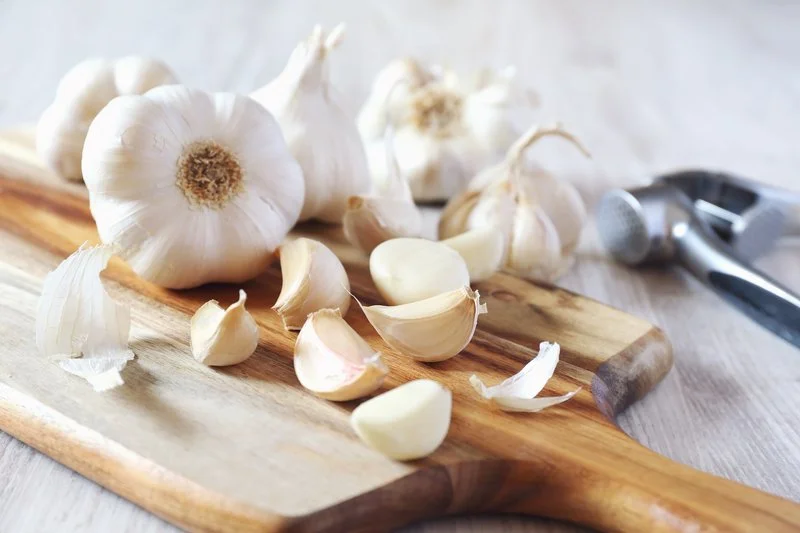
Description: California Early is a popular softneck variety known for its mild flavor and early maturity. The bulbs are medium to large with multiple layers of cloves.
Growing Season: Plant in late fall for a spring to early summer harvest.
USDA Planting Zone: 4–10
Special Notes: Excellent for long-term storage. Matures in about 240 days.
California Late
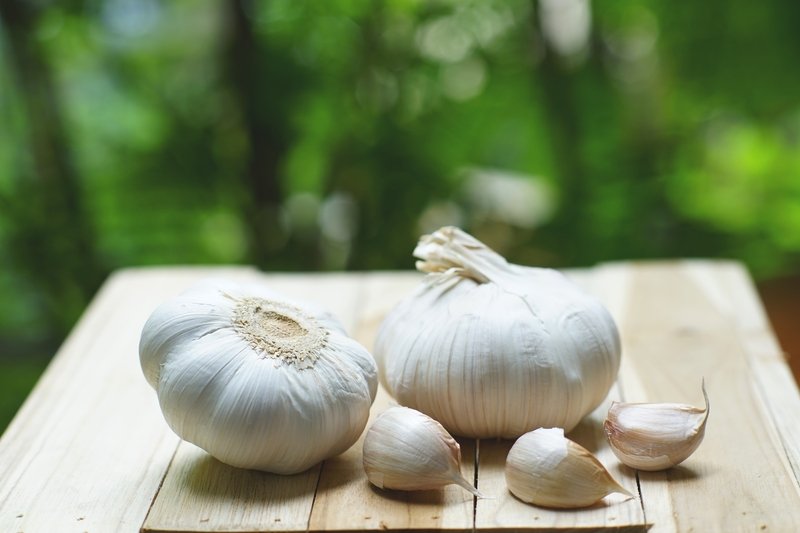
Description: California Late is similar to California Early but matures later in the season. It has a slightly stronger flavor and stores exceptionally well.
Growing Season: Plant in late fall for a summer harvest.
USDA Planting Zone: 4–10
Special Notes: Ideal for storage and versatile culinary use. Matures in about 270 days.
Inchelium Red
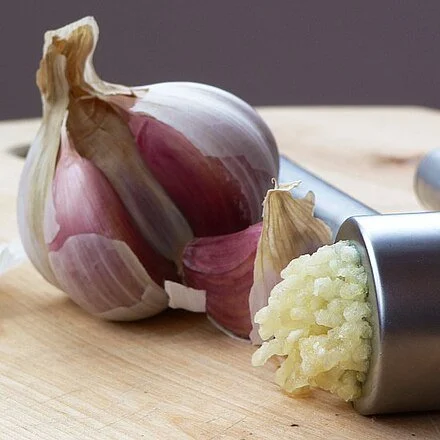
Description: Inchelium Red is an heirloom softneck garlic variety known for its large bulbs and robust, slightly spicy flavor.
Growing Season: Plant in late fall for a late spring to early summer harvest.
USDA Planting Zone: 4–9
Special Notes: Award-winning flavor with excellent storage capability. Matures in about 240–270 days.
Silverskin
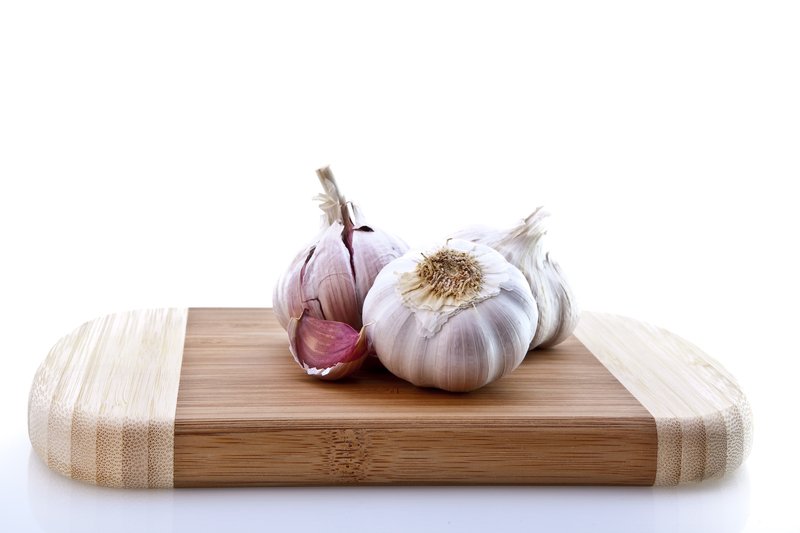
Description: Silverskin garlic is a type of softneck known for its smooth white skin and high number of cloves per bulb. It has a strong, spicy flavor.
Growing Season: Plant in late fall for a spring to early summer harvest.
USDA Planting Zone: 3–9
Special Notes: Best for long-term storage and versatile culinary use. Matures in about 240–270 days.
Hardneck Garlic Varieties:
Chesnok Red
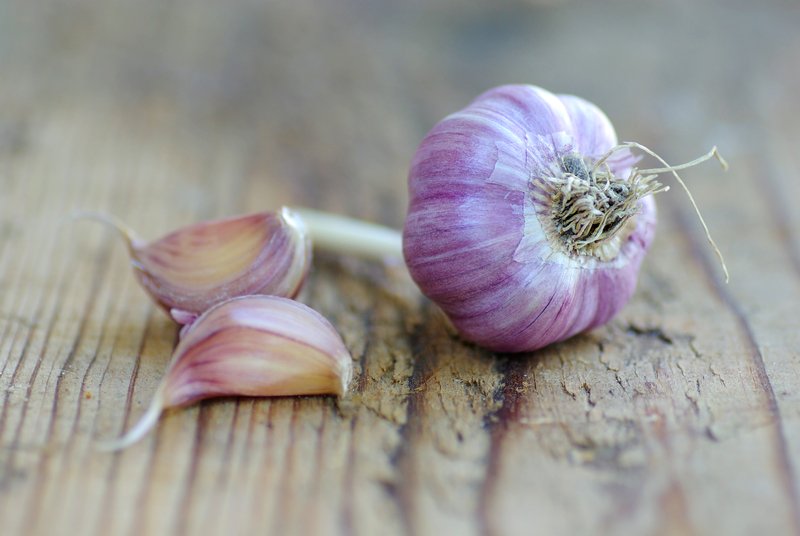
Description: Chesnok Red is a hardneck garlic variety known for its purple-striped bulbs and rich, sweet flavor when roasted.
Growing Season: Plant in late fall for a spring to early summer harvest.
USDA Planting Zone: 4–8
Special Notes: Produces large cloves and is excellent for baking, roasting, and culinary use. Matures in about 240–270 days.
Music
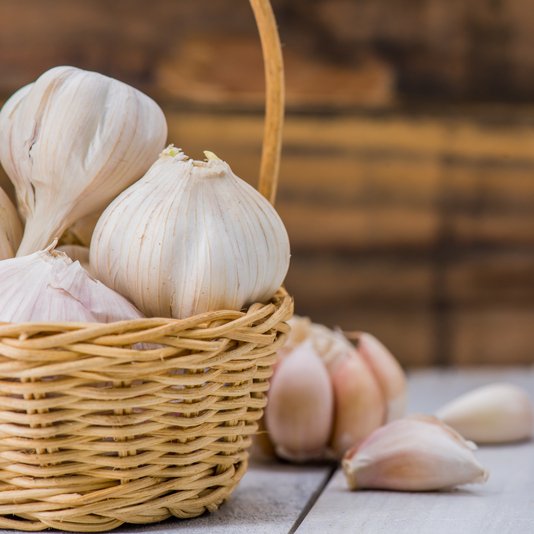
Description: Music garlic is a popular hardneck variety known for its large cloves and robust, spicy flavor. The bulbs are white with purple streaks.
Growing Season: Plant in late fall for a spring to early summer harvest.
USDA Planting Zone: 4–8
Special Notes: Excellent flavor and long storage capability. Matures in about 240–270 days.
Florida Vegetable Planting Map
This guide provides information on when to start seeds inside, direct seed, and transplant starter plants in the different regions of Florida.
North USDA Planting Zones: 8b–9a
Central USDA Planting Zones: 9b & some of 10a
South USDA Planting Zones: 10a–11b
Visit the U.S. National Arboretum for an exact USDA Planting Zone Map.
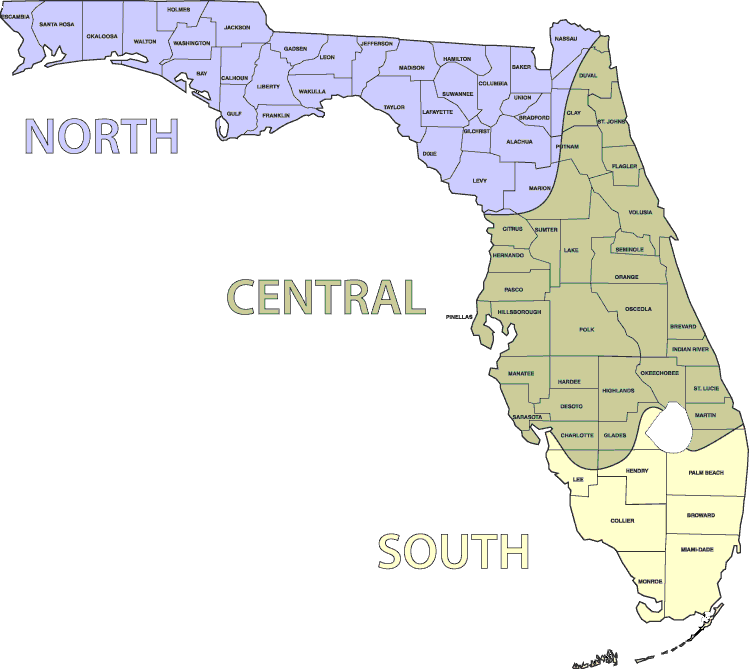
| Garlic | North Florida | Central Florida | South Florida |
|---|---|---|---|
| Start Seeds Inside | Not recommended | Not recommended | Not recommended |
| Direct Seed | Oct–Jan | Oct–Jan | Oct–Jan |
| Transplant Starter Plants | Oct–Jan | Oct–Jan | Oct–Jan |
Start Seeds Inside: Direct Seed (Planting Cloves): Transplant Starter Plants (Pre-sprouted Cloves):
Both softneck and hardneck garlic can perform well in Florida when planted at the right time.
Choose varieties suited to your zone and give them a long, cool growing period for the best bulb size and storage quality.
Soil: Sun: Watering: Spacing: Fertilization (N–P–K Ratio): When to Add: Application Tips: Additional Tips: Harvesting: Pests and Diseases in Florida:
Companion Plants: Plants to Avoid Nearby:
Planting Guide – Garlic
Getting Started
Garlic is almost always grown from individual cloves rather than true seed.
Starting garlic from seed indoors is not recommended because it is a long, complicated process and slower to reach harvest than simply planting cloves.
Directly planting garlic cloves into the garden during the cooler months lets them establish strong roots before warmer weather arrives.
This cool period is essential for proper bulb formation later in the season.
Some gardeners start cloves in trays or small pots and then transplant them once roots and shoots have formed.
This approach ensures a strong root system and helps young plants handle fluctuating outdoor temperatures more easily.
Soil, Sun, Water, and Spacing
Garlic prefers well-drained, fertile soil with a pH between 6.0 and 7.0.
Amend beds with compost or well-rotted manure to improve fertility and structure.
Avoid heavy, poorly drained soils that stay wet after rains, as this can lead to bulb rot.
Full sun is essential for strong growth and good bulb development.
Aim for at least 6–8 hours of direct sunlight daily to help garlic produce large, healthy bulbs.
Keep the soil consistently moist but not waterlogged.
Water regularly during dry periods, especially as bulbs begin to form in late spring.
Reduce watering as the tops start to yellow and dry down before harvest to help bulbs cure in the soil.
Plant individual cloves 4–6 inches apart in rows spaced 12–18 inches apart.
Set cloves pointed end up, about 2 inches deep.
This spacing allows good air circulation, reduces disease pressure, and gives each plant room to size up.
Fertilization, Care, and Common Problems
Garlic benefits from a balanced fertilizer with slightly higher nitrogen to support leafy growth,
such as 10-10-10 or a nitrogen-rich option like 12-0-0, combined with plenty of organic matter.
Before Planting: Work a balanced fertilizer into the soil before planting cloves to promote strong initial root and leaf growth.
Early Spring: Reapply fertilizer as new green growth takes off to support continued leafy growth and future bulb development.
Mid-Growing Season: If plants appear pale or growth slows, a light side-dressing of nitrogen in late spring can help, but avoid heavy feeding late in the season.
Both softneck and hardneck garlic are typically ready to harvest about 8–9 months after planting.
Harvest when the bottom leaves have turned brown and dry while the top leaves are still green.
Loosen the soil around the bulbs with a garden fork and carefully lift them out instead of pulling by the tops.
Cure bulbs in a warm, dry, shaded, and well-ventilated area for several weeks before trimming and storing.
Blog post on Natural Fertilizers
Natural Pest Control
Companion Plants and Plants to Avoid
Carrots
Carrots are root vegetables with sweet, crunchy roots that help break up soil and improve aeration.
They benefit from garlic’s pest-repelling properties, while their roots can gently loosen the soil around garlic bulbs.
Tomatoes
Tomatoes are warm-season plants that pair well with garlic.
Garlic helps repel aphids, spider mites, and other common tomato pests, and its strong scent can mask tomato plants,
making it harder for pests to locate them.
Roses
Roses and garlic are classic companions.
Garlic helps deter aphids, thrips, and other pests that attack roses, and its antifungal properties can help reduce diseases such as rust and black spot.
Spinach
Spinach is a cool-season leafy green that grows well alongside garlic.
Garlic helps repel aphids, spider mites, and other pests that damage spinach, while spinach makes efficient use of space between garlic rows.
Strawberries
Strawberries benefit from garlic’s strong aroma and antifungal properties.
Garlic helps deter aphids, spider mites, and other pests that can damage berries and leaves, while also helping to reduce fungal issues in the bed.
Garden Beans
Garlic can inhibit the growth of beans, likely due to competition and natural compounds released from its roots.
It is best to plant beans in a separate bed away from garlic.
Peas
Similar to beans, peas can be stunted when grown too close to garlic.
Keep peas and garlic in different areas of the garden or rotate them in separate beds.
Asparagus
Asparagus and garlic can compete for nutrients and root space, and garlic may negatively affect asparagus growth over time.
Plant them in separate perennial beds for best results.
Sage
Sage and garlic can compete for resources when grown too closely together.
Both plants prefer good airflow, so it is better to give each its own space rather than interplanting them tightly.
